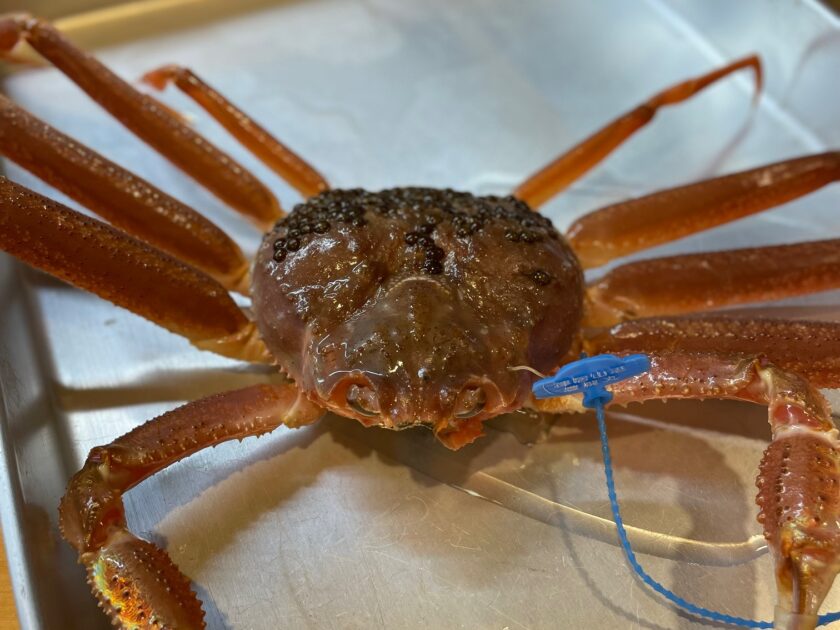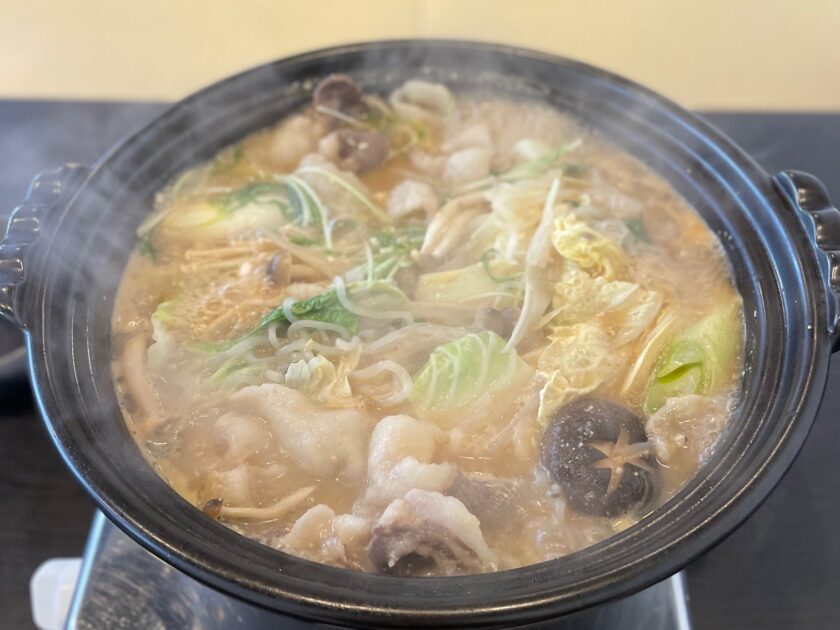Summary of February itinerary in Japan (Hyogo, Tottori, Shimane)
Summary of February itinerary in Japan (Hyogo, Tottori, Shimane trip) I traveled to Hyogo, Tottori, and Shimane prefectures from Wednesday, February 23rd to Sunday, February 27th. I was able to eat a lot of seasonal fish and shellfish and local dishes, and I was able to visit wonderful tourist destinations such as national treasures and national important cultural properties on this trip. Since this trip was mainly on the Sea of Japan side of Hyogo, Tottori, and Shimane prefectures, I was able to enjoy the fresh seafood of the Sea of Japan such as live snow crab. In addition, I was able to fully eat food of the mountains such as “Botan nabe (wild boar meat hot pot)”. This is the February Japanese itinerary that I highly recommend to everyone. Here is a summary of this trip and some notes. I will comment repeatedly every time, but this itinerary was also created with the purpose of “eating out seasonal fish and shellfish and local dishes.” Food is the highest priority, and tourist destinations are the second priority. However, we aimed to visit as many tourist spots as possible, such as national treasures and national important cultural properties. Table



